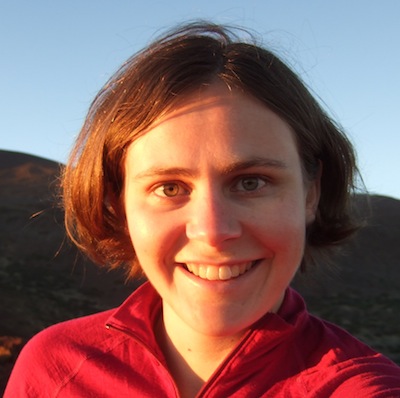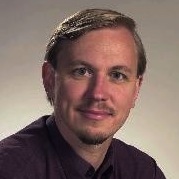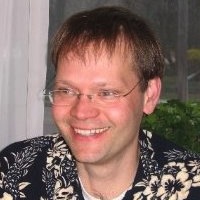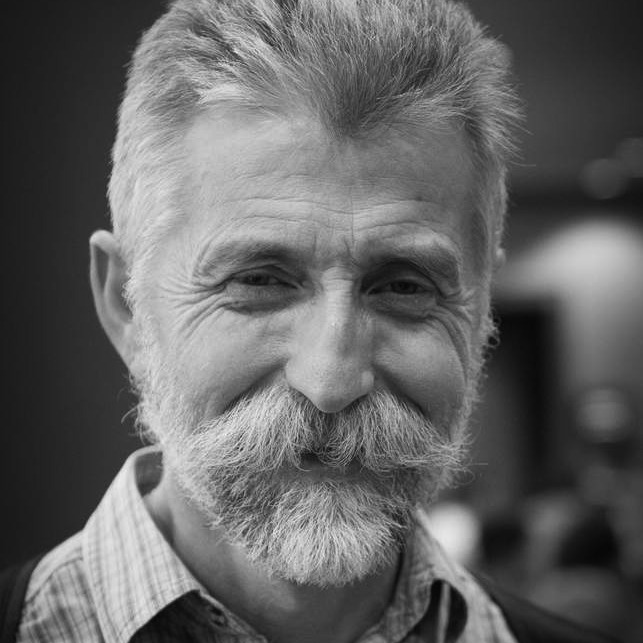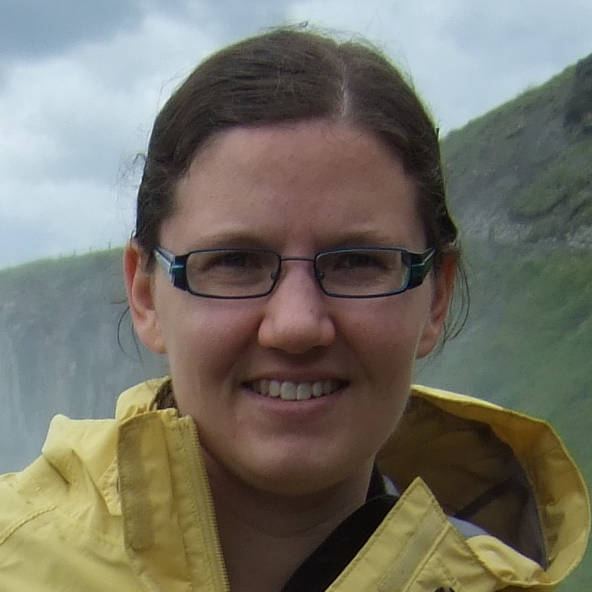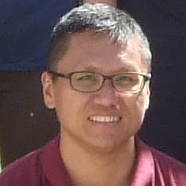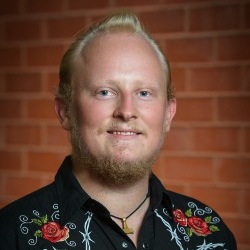Survey
The highest-priority Large Program on the Canada-France-Hawaii Telescope in 2013—16, OSSOS discovers distant moving objects with wide-field optical imaging.
Science
OSSOS explores the resonant populations of the Kuiper belt, the little cousins of worlds like Pluto, so we can test models of how the Solar System evolved.
Discoveries
All OSSOS icy worlds are available in a public catalogue that lists their orbits, brightness and location on the sky.
People
OSSOS is an international collaboration, involving more than forty scientists at institutes in eight countries.
Mysteries beyond Neptune
The outer Solar System remains relatively unexplored.
What lies beyond the orbit of Neptune?
How many icy worlds are out there?
Are they orbiting where they formed, or have their orbits changed?
If they were scattered to where we see them today, how and when did this happen?
OSSOS aims to help answer these - and many other questions.
To do this, we're discovering a large number of trans-Neptunian objects,
with sophisticated techniques that allow us to measure and remove a number of biases
introduced by the act of surveying.
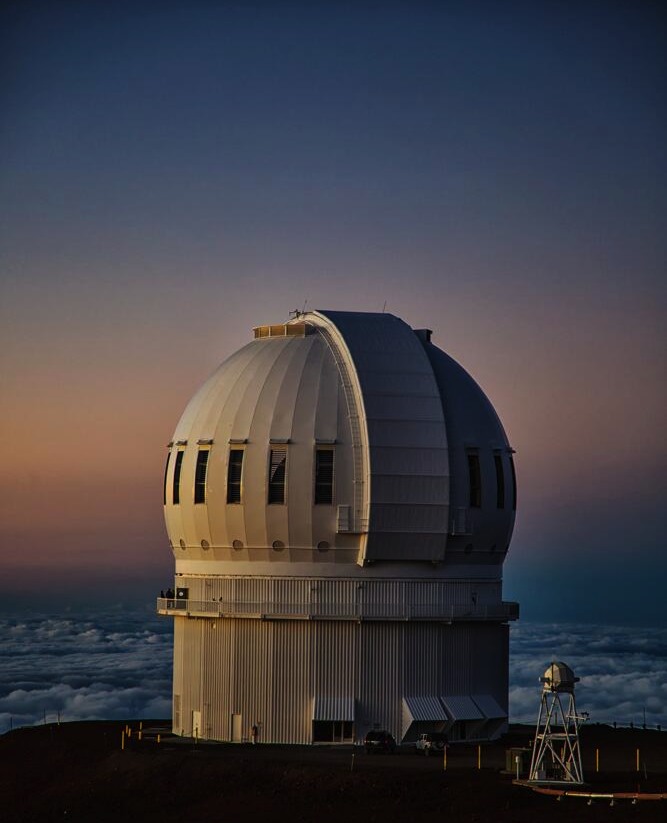
Dense, tracked, observing
We observe our target areas of sky every new moon. Even objects as distant as Pluto still move across the sky - just very slowly. We retarget the areas of sky that we observe at that slow rate, allowing us to keep close track of the objects we discover.
Precision astrometry
Observing the same sky often means that we can merge the many images - making a mosaic in which we very accurately locate the stars. Measuring where the moving objects are on the sky relative to such a good reference catalogue lets us determine very precisely where each icy world is in space.
Exquisite orbits
Cadence and astrometry together let us accurately determine the orbits of these distant worlds in only two years of observing, less than 1% of the time it takes them to orbit the Sun. We can then classify if they are in resonances with Neptune.
Survey simulator
Guided by Neptune's gravity, when resonant Kuiper belt objects come closest to the Sun, they clump on the sky. The simulator removes the bias created by where and how we look at the sky.
Our team
The team who run the observing, object discovery and orbit calculation are in British Columbia, Canada, Besancǫn, France, Tucson, US, and Taipei, Taiwan. The multiple teams who are working to understand different aspects of the discoveries are similarly international. Come find out more about them and about their activities.
